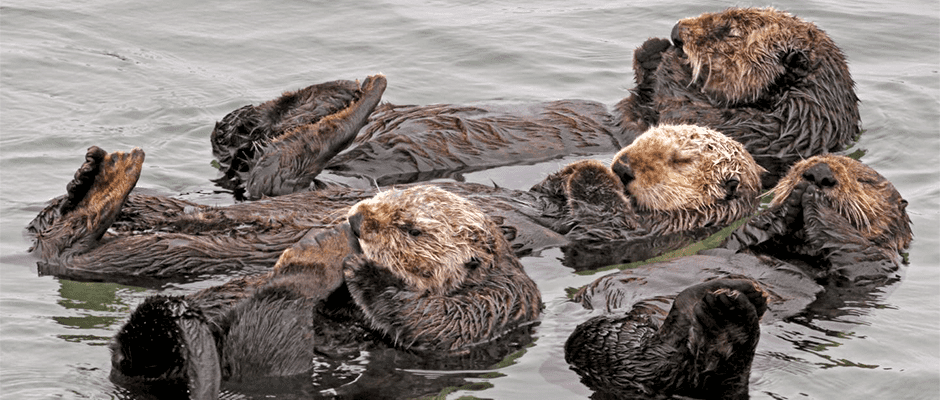Share this article
Southern sea otters still struggle with genetic diversity
Despite modest increases in the threatened southern sea otter population (Enhydra lutris nereis), their genetic diversity has remained the same, prompting researchers to question the future of their recovery.
The southern sea otter population consists of about 3,000 individuals that represent a small subspecies along the California coast. Due to the North Pacific fur trade, southern sea otters almost became extinct by the early 1900s. Since then, the otters continue to face threats such as Toxoplasma brain disease, shark attacks and even illegal shooting by fishermen. While they’ve recovered in their core areas, their range is still not as extensive as it used to be.
In a study published in Evolutionary Applications, researchers looked at genetic diversity of the species in the past 13 years. They also studied effective population size, or the measure of individuals contributing genetically to the next generation of the species, according to TWS member Holly Ernest, senior author on the study and professor at the University of Wyoming.
“I started working on southern sea otters 13 years ago in my lab at UC-Davis where I was until four years ago. I had learned they are in crisis, and there’s very little genetic work done,” Ernest said. She looked to Erick Gagne, then a postdoctoral scholar at the University of Wyoming, to continue her research.
“My interest lies in using genetic tools to study conservation and disease and the project aligned well with my interest,” said Gagne, now a postdoctoral scholar at Colorado State University. “It was a solid good data set to look at.”
After using microsatellite data to study over 1,000 otters’ genes, they determined the subspecies’ genetic diversity has remained low over the study period. Then, they used the genetic information to determine genetic structure and effective population size. They found no distinct genetic structures in different areas of the population, but they did find genetic isolation by distance in otters extending north and south from Big Sur, a core area for the population, where the only surviving sea otters were found following the fur trade.
When the team compared effective population size resulting from genetic data with effective population size from demographic data, they found the two showed different results. Demographic estimates for effective population size were much larger than genetic estimates when looking at the entire range for the population.
As a result, the researchers suggest using both effective population size measures when considering the genetic diversity of a population. Current U.S. Fish and Wildlife Service recovery plans for the otters include a target effective population size number, but the team said both genetic information and demographic information must be taken into account for these targets to make sense.
“There are discrepancies in population size effectiveness estimates, and it’s been almost 20 years since they put the recovery plan together,” Gagne said. “There’s new modeling approaching that include factors such as genetics into the population viability models. We’re reassessing the tools that we have now.”
The team said low genetic diversity and effective population size can further exacerbate the stress put on the otters in the case of oil spills, disease or any other catastrophes.
The next step is to look at correlations between genetics, disease and mortality outcomes, Ernest said.
Header Image: Southern sea otters float in Moss Landing in Monterey, California. Researchers recently found the species’ genetic diversity hasn’t increased over the course of 13 years. ©Ron Wolf








